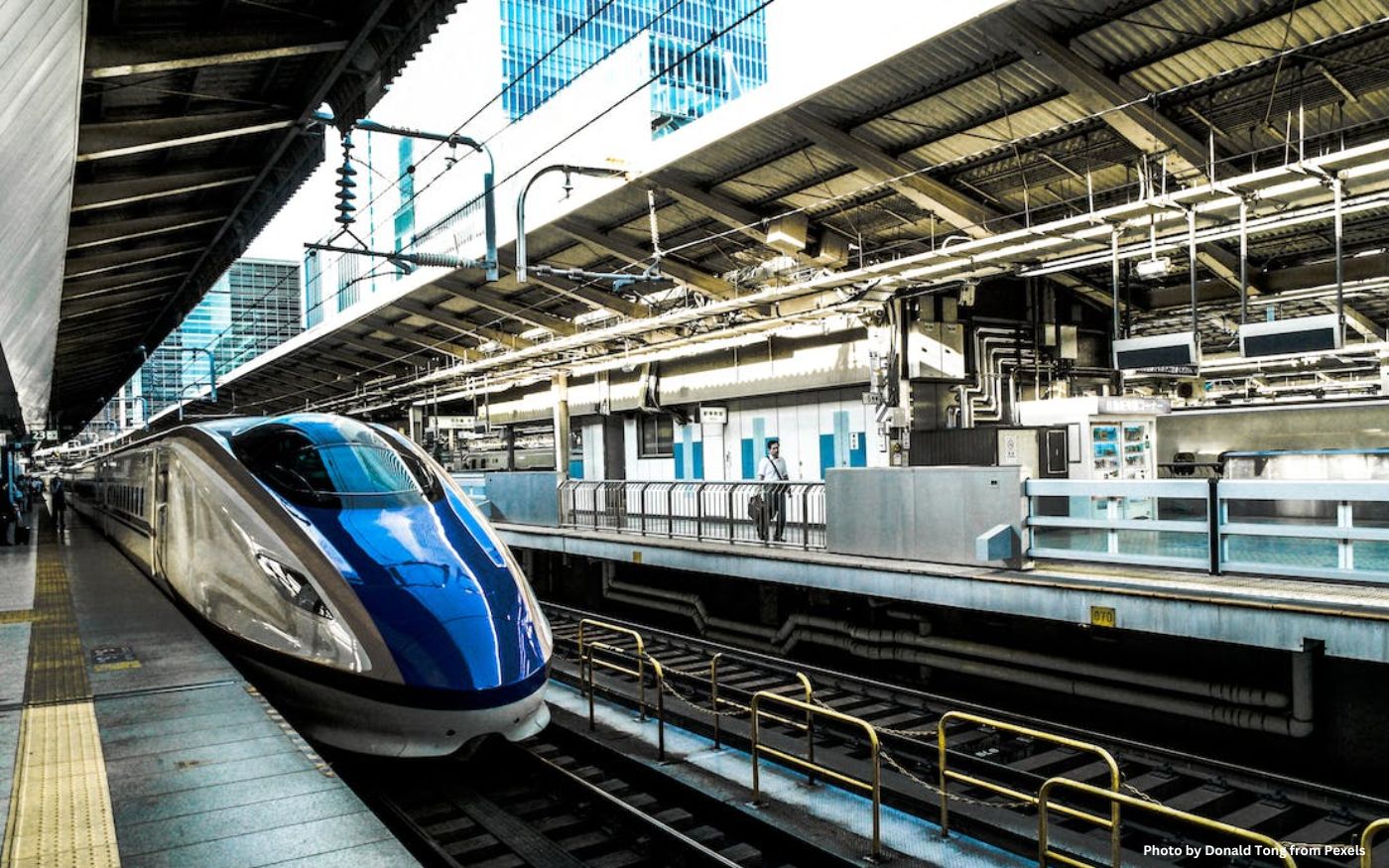Research by: Hong En Tan, Jeremy Hong Wen Oon, Nasri bin Othman, Erika Fille Legara, Christopher P. Monterola, & Muhamad Azfar Ramli
Executive Summary
Cities are like bodies, and their transport systems are like veins – essential for health and growth. Think of subway systems, or what some call ‘rapid transit systems (RTS),’ as the major veins. They carry more people faster than buses can, and they don’t get stuck in traffic. This is great because it means fewer cars on the road, cleaner air, and faster travel times for everyone.
When these subways work well, they help people get around easier, boosting the city’s economy. With more cities growing bigger, these STS systems are becoming even more critical.
Let’s say there’s a problem or disruption in the STS – city planners must understand how much of an effect this would have. Based on four important factors, we’ve created a way to give subways a resilient score, like a health check-up. These factors look at the setup of stations, how many trains can run on different lines, and how many people use them.
We tested our scoring method using Singapore’s subway system. By doing this, we could see how changes, like adding new train lines, would affect the system. Our studies showed some interesting things. For example, if too many people start using the subway’s outer parts, it can make the whole system less sturdy.
Our scoring system can be used everywhere in cities to ensure their subway systems are as robust as possible.
To cite this article: Tan, H. E., Hong, W. O., Othman, N. B., Legara, E. F., Monterola, C. P., & Ramli, M. A. (2022). Quantifying the resilience of rapid transit systems: A composite index using a demand-weighted complex network model. Plos One, 17(4), e0267222. https://doi.org/10.1371/journal.pone.0267222
To access this article: https://doi.org/10.1371/journal.pone.0267222
About the Journal
PLOS ONE is an inclusive journal community working together to advance science for the benefit of society, now and in the future. Founded with the aim of accelerating the pace of scientific advancement and demonstrating its value, Plos One believes all rigorous science deserves to be published and should be discoverable, widely disseminated, and freely accessible to all.
Journal ranking
| Chartered Association of Business Schools Academic Journal Guide 2021 | Non-ABS journal, but equivalent to ABS2 |
| Scimago Journal & Country Rank | SJR h-index: 404
SJR 2022: 0.89 |
| Scopus | Cite Score: 6.0 |
| Australian Business Deans Council Journal List | Not Ranked |
| Journal Citation Reports (Clarivate) | JCI 2022: 0.91
Impact factor: 3.752 |





